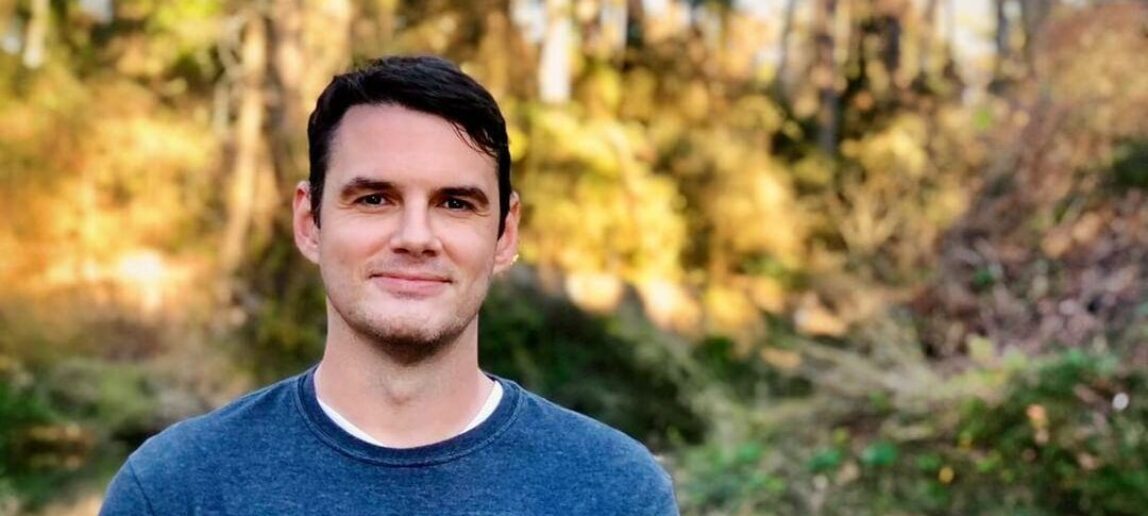Cardoso To Explore Sound Installation In Brazil For Arts And Humanities Fellowship Program
Dr. Leonardo Cardoso, associate professor in Performance Studies for the Texas A&M College of Performance, Visualization and Fine Arts, will explore sound installation in Brazil as part of being selected for Texas A&M’s Arts and Humanities Fellowship Program.
Each recipient receives a three-year grant totaling $15,000 through the Texas A&M Division of Research. They are chosen by a peer-review committee from project-based applications. The projects are selected based on merit and originality, and having a benefit to the public.
Cardoso will produce a book and sound installation that examine environmental risk in contemporary Brazil, using sound and hearing as analytical channels to study relationships between state and civil society.
“One of my goals is to counterargue the notion in fields such as political sciences that dimiss sound as an avenue to study the government,” he said. “It’s common to study governments by looking, for instance, at gun crime or unemployment. I think there is potential in studying sound in a different way. I am interested in what everyday sounds can tell us about our society.”
During his research, Cardoso said his hope is to find answers to the following questions:
- How does the modern state hear?
- How do sounds take part in the state’s legibility efforts toward its terrain and people?
- Under what circumstances can sonic events become instruments of state action?
Cardoso will investigate two case studies conducted in Brazil in the 2010s. The first is about wind farms and their use as a renewable energy source. Though they are a popular infrastructural investment, the noise they generate impacts local communities and Cardoso said he wants to understand how municipalities handle that.
“The way they installed wind farms in Brazil, I would say is very aggressive,” he said. “The private sector came and there was no environmental impact study when they installed the wind farms. Many of those wind farms are close to marginalized groups such as local fishers and small farmers. I plan to investigate that conflict based on the wind farms and their noises, and see how the state is mediating that problem.”
The second case study is about sirens and how they are utilized. During any type of environmental disaster or accident, sirens are essential, he said. Crises can ensue when they don’t work, or are used in a false alarm. Cardoso referred to two incidents in Brazil, when two dams collapsed, killing more than 300 people.
“At that time, either the sirens were not installed, or they were installed but they didn’t work,” he said. “As you can imagine, there is a lot of litigation and a lot of controversy about acoustic warnings. It is a complicated issue to know 100 percent exactly if the sirens are going to work. I am interested in how mining companies in Brazil are installing and using those sirens.”
Cardoso will spend six months in Brazil in the northeast and southeast portions of the country. While there, he plans to do fieldwork, conduct interviews and record various soundscapes. Upon his return to Texas A&M, Cardoso plans to use the Visualization program’s Igloo Cylinder and its 360-degree screens to portray a sound installation from materials he collected during fieldwork.
“Using sound installation is a way to reach a different audience, but also expose people to research in a different way,” he said.
By investigating data through narration rather than numbers, and studying areas in Brazil most impacted by sound, Cardoso hopes to tell a story that hasn’t been told before and guide political leaders to better solutions.
“This fellowship showcases our field in humanitarian studies,” he said. “And this work is a really special opportunity.”
Photo by Maddison Ebers.

